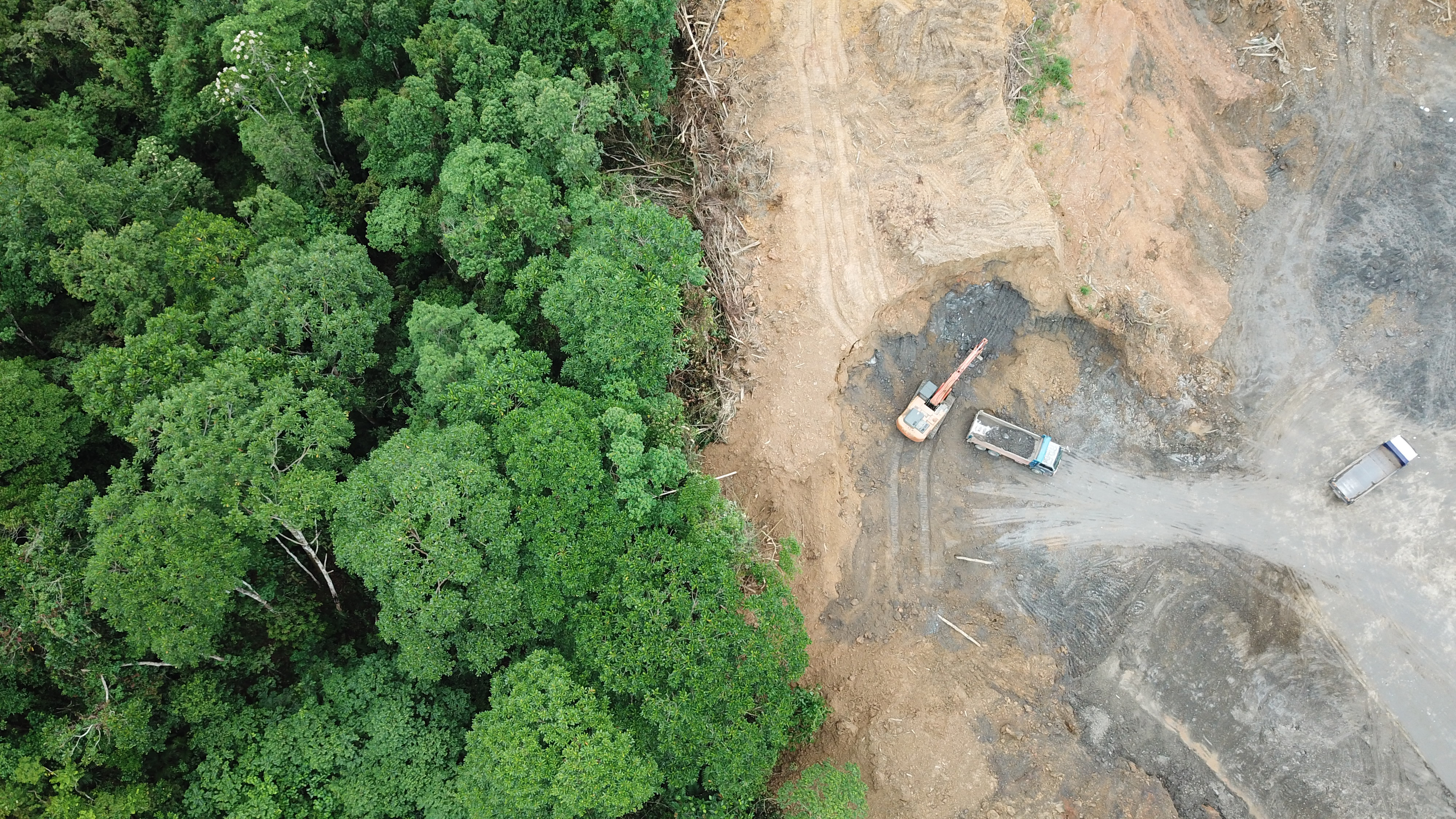Amazon Deforestation Shot Up by 278% Last Month, Satellite Data Show

Deforestation of the Amazon rainforest increased by 278% in July 2019 compared with July 2018, resulting in the destruction of 870 square miles (2,253 square kilometers) of vegetation, new satellite data from the Brazilian National Institute for Space Research (INPE) show.
That’s an area about twice the size of the city of Los Angeles. And, while the forest still spans some 2.1 million square miles (5.5 million square km — just a little bit bigger than Mexico), the spike in tree loss is part of a dangerous trend. According to the Associated Press, this is the single biggest surge in rainforest destruction since INPE began monitoring deforestation with its current methodology in 2014.
These data come courtesy of INPE's satellite monitoring program, DETER (Detection of Deforestation in Real Time), which launched in 2004 to help INPE scientists detect and prevent illegal deforestation in the Amazon. The release falls in the midst of an ongoing feud between INPE scientists and Brazilian President Jair Bolsonaro, a climate change skeptic who vowed on the campaign trail to open more of the Amazon to various mining, logging and agricultural interests, despite environmental protections on the land.
On Friday (Aug. 2), Bolsonaro fired then-head of INPE, Ricardo Galvão, after the agency posted satellite data showing an 88% deforestation increase in June 2019 compared with June 2018. Bolsonaro called the data "a lie" and accused Galvão of serving "some NGO" (nongovernmental organization). The president's administration also announced that the government would hire a private company to take over Amazon deforestation monitoring.
In a statement announcing his termination, Galvão defended INPE's work and called the president's decision "an embarrassment." It is not, however, a surprise. Bolsonaro's attack on INPE follows seven months of policy decisions that weaken environmental legislation and science agencies while empowering business interests, the AP reported.
As the largest remaining rainforest on Earth, the Amazon is also one of the planet's single largest carbon offsets, absorbing as much as 2 billion tons of carbon dioxide every year (as its trees use it for photosynthesis) and releasing roughly 20% of Earth's oxygen. Protecting the Amazon and other rainforests is one of the most cost-effective ways to combat the ongoing climate crisis, according to Amazonconservation.org.
- In Photos: Plants in Danger of Disappearing
- 8 Ways Global Warming is Already Changing the World
- Images of Melt: Earth’s Vanishing Ice
Originally published on Live Science.
Sign up for the Live Science daily newsletter now
Get the world’s most fascinating discoveries delivered straight to your inbox.

Brandon is the space/physics editor at Live Science. His writing has appeared in The Washington Post, Reader's Digest, CBS.com, the Richard Dawkins Foundation website and other outlets. He holds a bachelor's degree in creative writing from the University of Arizona, with minors in journalism and media arts. He enjoys writing most about space, geoscience and the mysteries of the universe.









